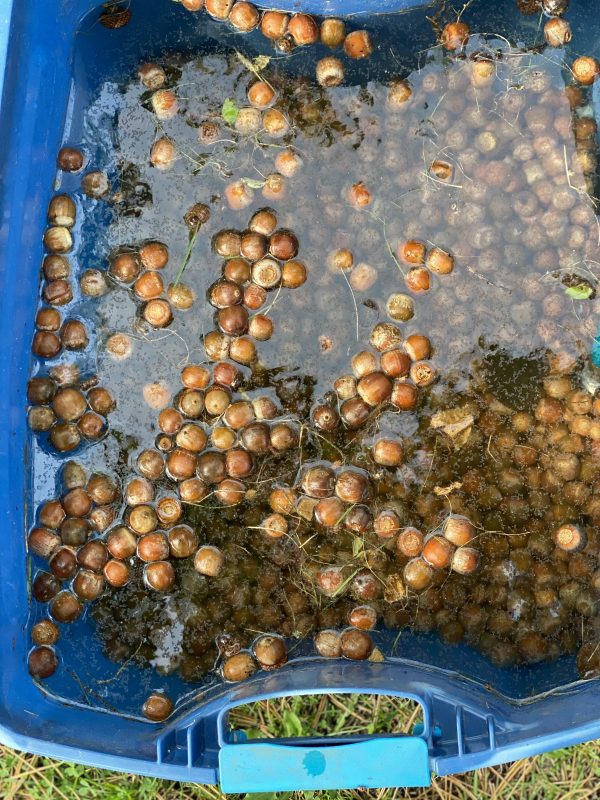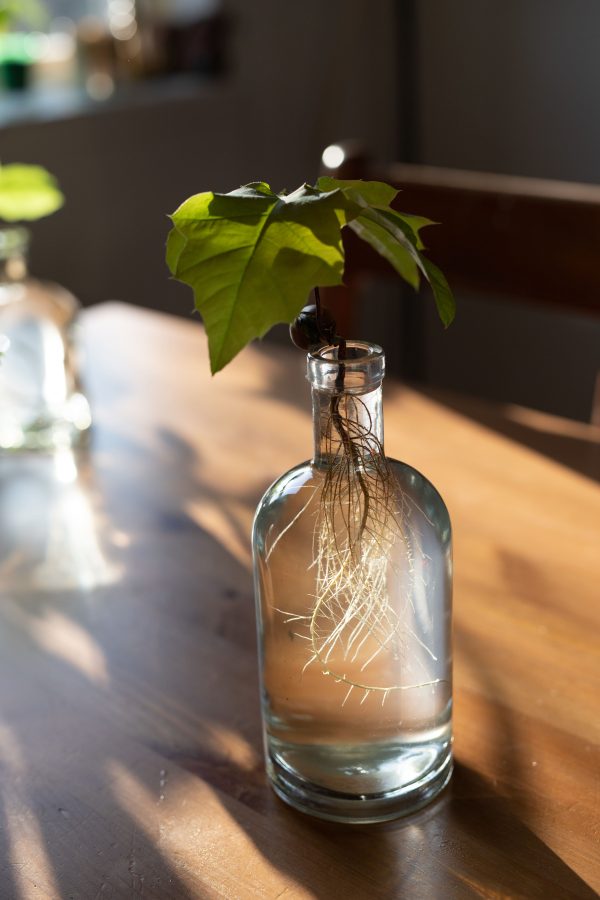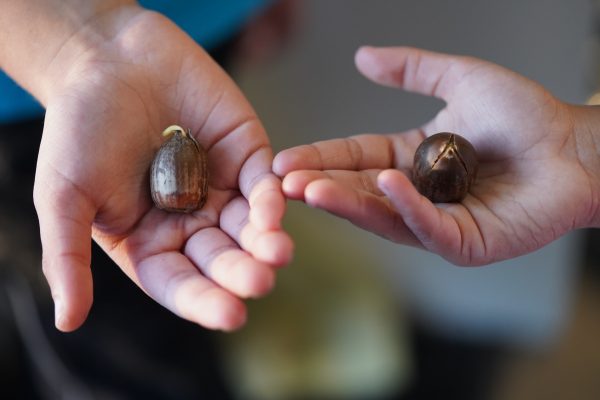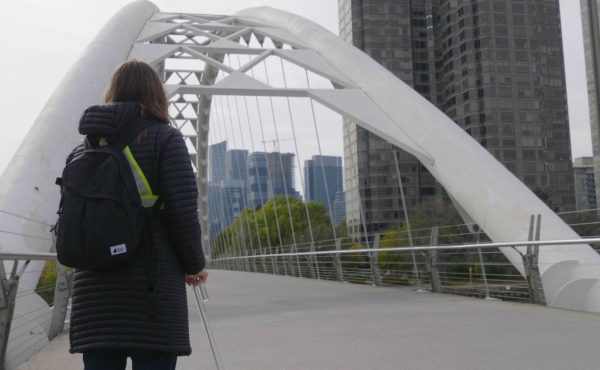It started as an ordinary walk through a downtown ravine. Five years later, we are running around the city, doling out thousands of acorns to schools through “Seeds to Saplings,” an outreach program of the University of Toronto’s Institute of Forestry and Conservation.
This spring, so far, we have delivered enough seeds for more than 150 classes of all ages to take part in our program. We are participating in community fairs, presenting at teacher conferences, promoting our mission with the help of artists and photographers, and seeking partnerships with non-profits and for-profits to broaden our reach outside of the environmental community. We are also seeking to integrate our program within the Ontario science curriculum.
The program provides online instructions for those who want to grow native trees. Using only some household items and potting soil, anyone can have the power to take an acorn and turn it into a lifelong companion.
At present, we provide instructions for growing northern red oak, white oak, and sugar maple. These native trees are keystone species of Ontario forests that bolster the insect, bird, and mammal populations in their ecosystems. For the humans around them, these trees suck up carbon dioxide, provide shade, buffer noise, and can even improve our mental health. Students who participate in Seeds learn how trees provide these ecosystem services and study the connections they have with other organisms. Participants take measurements, observe their trees carefully, and learn the patience required to take something from seed to sapling.

We created this program because of that initial walk in 2017 through the ravine. To the untrained eye, the green of the ravines and our natural areas may appear lush and healthy. But walk with a forester, arborist, or ecologist and the story is very different.
Toronto’s native trees are in trouble. They are threatened by invasive species like Norway maple, dog-strangling vine, and Japanese knotweed. Invasive plants are flora introduced by humans to a new area that spread aggressively and harm the existing life in that region. Native species recede as invasive species starve them of light, nutrients, and space. Without responsible stewardship of our parks and natural areas, native trees will disappear, and wildlife habitat and biodiversity will go with them.
How do we achieve this responsible stewardship? The key is having knowledgeable stewards who care. That’s where Seeds comes in. We want to build the confidence of young people to become defenders of their environments. Participants learn to identify healthy old-growth native trees, collect their seeds at the right time, and care for them until they are strong enough to grow outside.
Students can then plant their seedlings in their yards or on their school grounds if they have permission. The project takes place over an entire year, but if teachers missed the seed gathering window in the fall (as many have during the COVID-19 pandemic), we have gathered thousands of seeds as a back-up supply. The seeds are just now starting to wake up from their winter sleep and are sending out roots in readiness for spring.

While we would like to have participants plant their seedlings in Toronto’s ravines, this activity isn’t possible right now. The City has a Ravine and Natural Feature Protection By-law that prohibits all planting in public ravine lands. We are working with our sister organization, Toronto Nature Stewards, to gain permission for tree planting so that we can realize our vision of students, community organizations, and Indigenous groups working collectively to build ravine biodiversity. The ultimate goal is to have trained stewards plant approved native trees in public ravine lands with City permission. For now, participants can improve the integrity of the urban tree canopy on private land, which is especially important in areas without many parks.
Our instructions are rooted in scientific research and the advice of our industry and academic partners, but we also are responsive to what we see can work. For example, we pivoted from suggesting outdoor grow beds for seedlings to recommending growing them indoors in portable recycled containers. Grow beds were too expensive to build, and summer watering was a burden on maintenance staff.
During the COVID-19 crisis, the beds were abandoned altogether. Portable containers, by contrast, allowed students to continue to care for their seedlings over the summer, or plant them somewhere they will be able to see them grow indefinitely. Currently, we are experimenting with hydroponics in addition to the portable soil containers to allow kids to see how their seedlings develop underneath the surface.
Having a positive, first-hand connection with living creatures is essential to building both an academic understanding of life and an appreciation for it. From these early experiences with nature, we hope that Seeds to Saplings participants will continue to care for their environment and the city’s urban ecology.
By teaching students to grow and plant native trees and encouraging citizen investment in Toronto’s green spaces, Seeds to Saplings is also helping Toronto reach its goal of net zero greenhouse gas emissions by 2040 and supporting Canada in achieving a national goal of planting two billion trees to combat the climate emergency.
Val Masters is the Environmental Communications & Social Media Manager for Seeds to Saplings and Director of Climate Communication for Ki Culture. Instructions for growing native species can be found at seedstosaplings.ca. Please follow us on IG @seeds2saplings for reminders and tips.





One comment
Toronto’s Ravine and Natural Feature Protection prohibiting all planting in public ravine lands needs tweaking to make it easier for established environmental groups to plant native trees in our ravines.